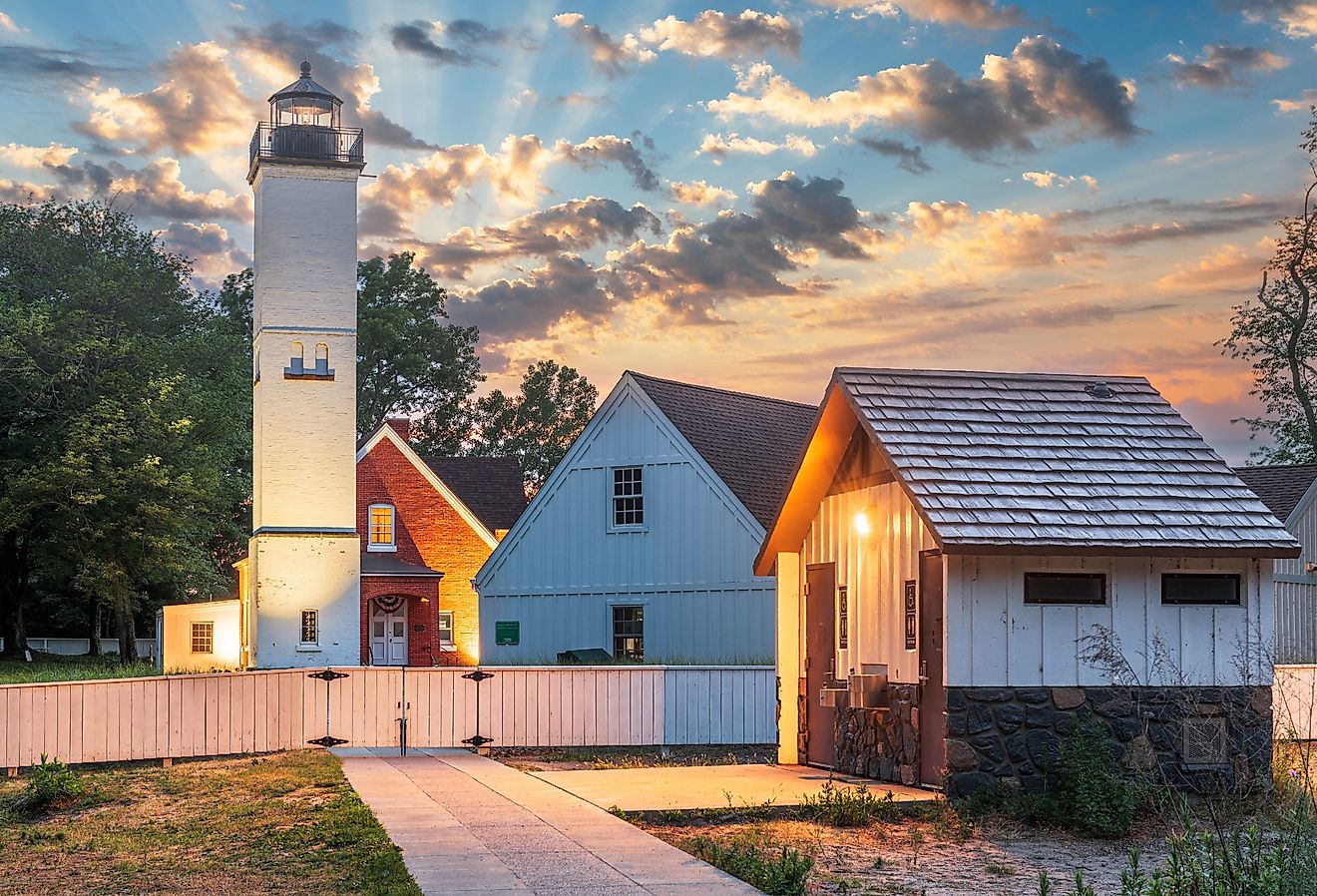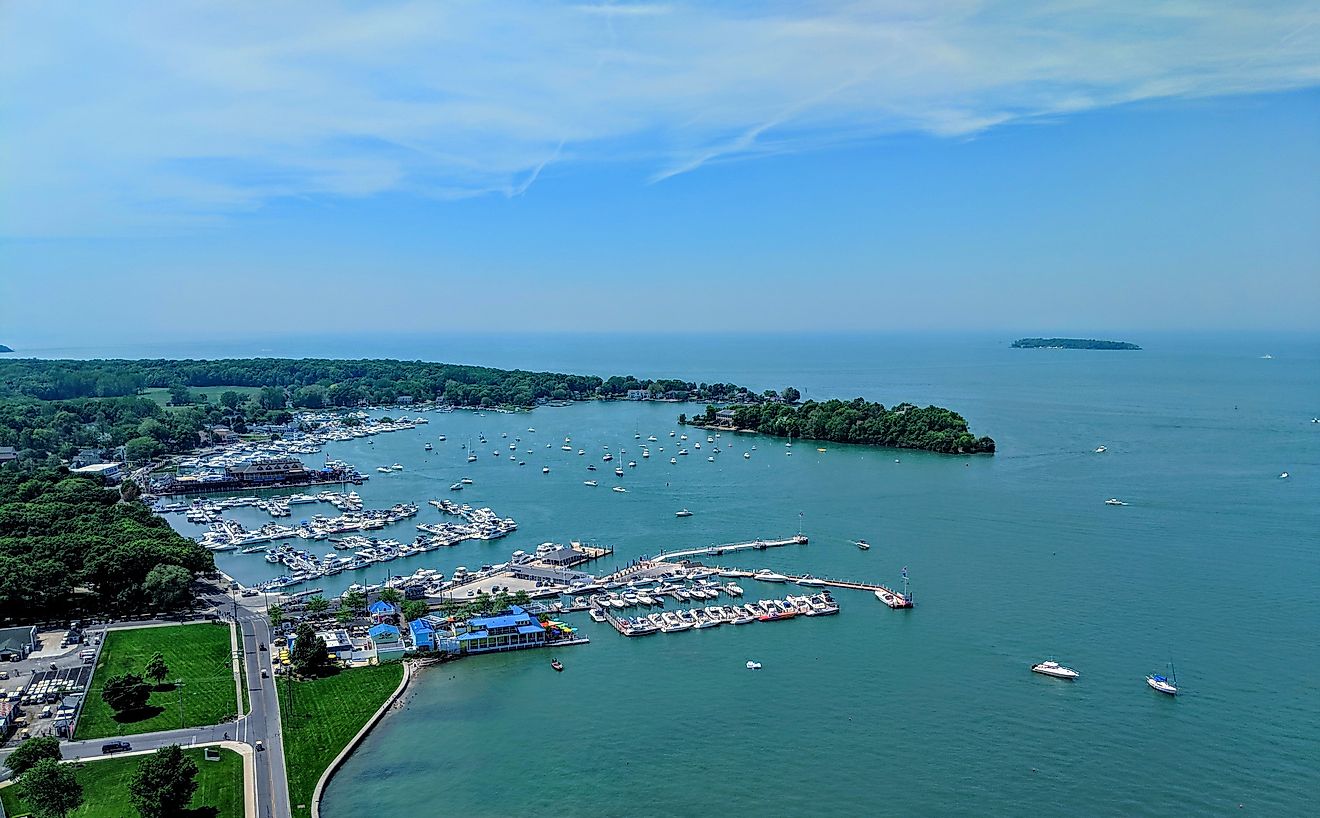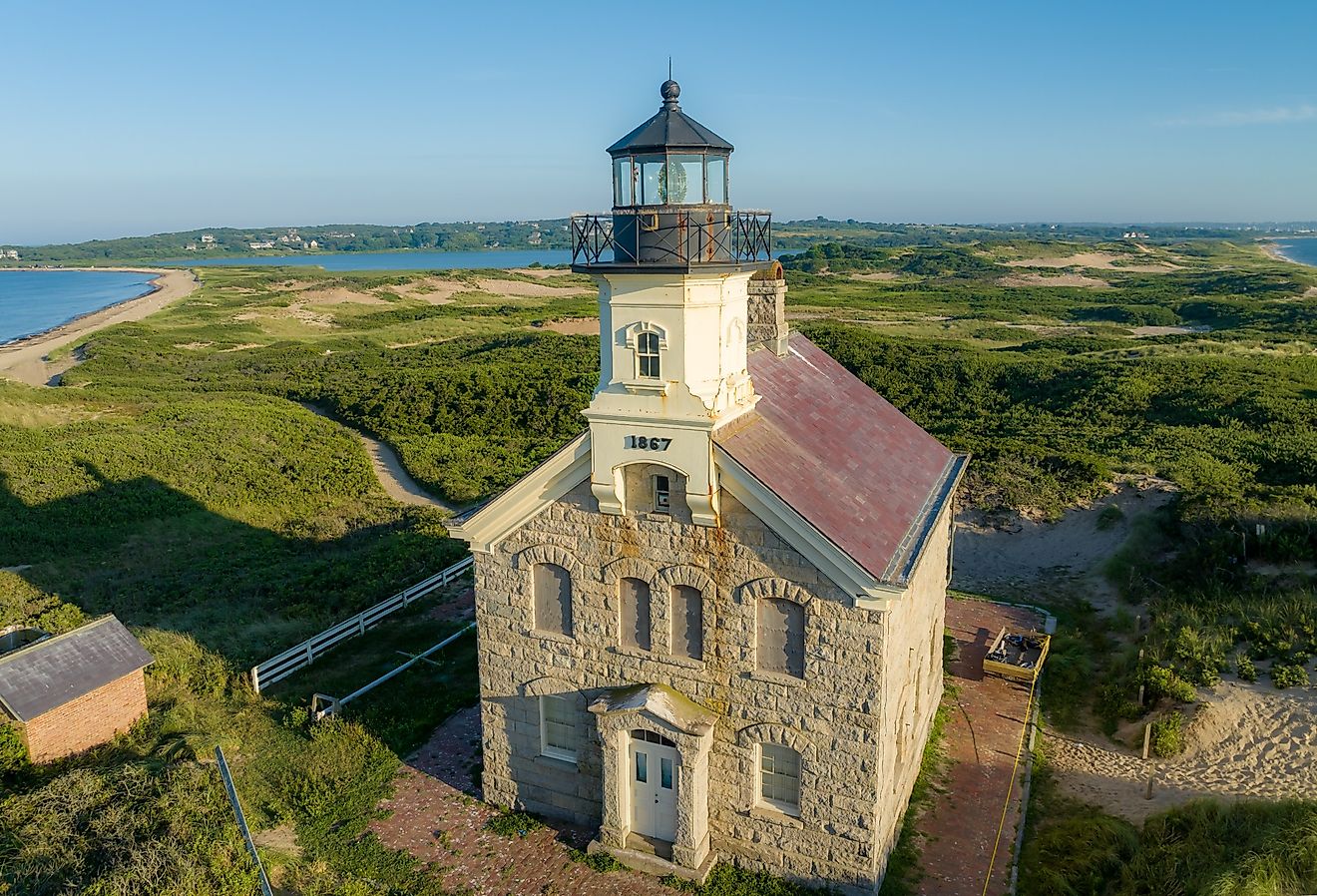
Marble Canyon
Marble Canyon is located in northern Arizona, United States, and is part of the much larger Colorado River Canyon. It runs from Lee's Ferry, in Coconino County, to the junction of Colorado and Little Colorado Rivers, where the Grand Canyon begins. The 'marble' part of the canyon's name can be misleading, as there is no marble to be found here. J.W. Powell named the canyon after its polished walls that appeared marble-like to him. The composition of the rock walls is mainly Kaibab limestone in the upper regions, Toroweap formation in the middle layers, and Coconino sandstone.
Brief History Of The Marble Canyon

The Marble Canyon forms a natural western boundary for the Navajo Nation, established in the late 1800s and early 1900s. However, an indigenous presence had existed in the area far before these more official boundaries were formed. The Marble Canyon National Monument, a protected area, was declared in 1969. It remained its own park until 1975, when it was amalgamated into the Grand Canyon National Park. The latter became a UNESCO World Heritage Site four years later.

One of the most notable attractions or additions to the natural landscape of Marble Canyon are the Navajo Bridge(s). The initial bridge was built in 1929 and then called the Grand Canyon Bridge, but it was renamed Navajo in 1934. This road bridge carried the 89A highway across the Colorado River, forming a gateway across the massive and extensive canyon. A second bridge was constructed in 1995, and this newer bridge became the main vehicular bridge. The old one was then converted to a pedestrian and equestrian bridge, making it a popular attraction for tourists and visitors today.
Wildlife In The Marble Canyon

The Marble Canyon and Vermillion Cliffs are an IBA, or Important Bird Area within Arizona, primarily because of the presence of the California Condor. The IBA consists of the "Colorado River corridor and adjacent side canyons from Glen Canyon Dam to the mouth of the Little Colorado River and the Vermilion Cliffs Wilderness Area," according to aziba.org.

Other important birds in the area include the Great Blue Heron, Peregrine Falcon, Prairie Falcon, Golden Eagle, and the Spotted Owl, all of which are found year-round. More common species also include Goldeneye, Redhead, Bald Eagle, and Osprey. Many scavenger or predatory birds nest or perch on the high cliffs and hunt among the canyon and cliffs.The protected IBA sees large populations of Bell's Vireo, Lucy's and Yellow Warblers, Summer Tanagers, and Bullock's and Hooded Orioles during the breeding season. Species that only migrate through the area include Warbling Vireo and warblers such as the Yellow-rumped Warbler, MacGillivray's Warbler, Virginia's Warbler, Black-throated Gray Warbler, Nashville Warbler, and Wilson's Warbler. American Coot, Ring-billed Gull, Western Grebe, Gadwall, and Green-winged teal species are also seen in the canyon during the winter months.

Aside from birds, the Marble Canyon houses several other animal species. Desert bighorn sheep and mule deer are common among the cliffs, as are mountain lions, coyotes, gray foxes, and a large variety of rodents and small mammals.
Visiting The Marble Canyon

The Marble Canyon is a popular area for rafters and kayakers. Many launch further upstream at Lee's Ferry, which marks the edge of the Marble Canyon area, and travel down towards the Grand Canyon. The water levels in the Colorado River do change significantly, so rafters should be aware of conditions before attempting such a trip. Similarly, permits and passes are needed to launch in the river and canyon. For those that prefer dry land, there are many walking and hiking trails that range in difficulty. Both novices and experts can find walks to enjoy in and amongst the canyon, on day trips, or multi-day hikes. The rich colors and impressive sights of the Marble Canyon are awe-inspiring and well worth visiting. From hiking trails to wildlife, it is a great place to experience the natural beauty of Arizona.







